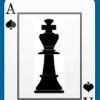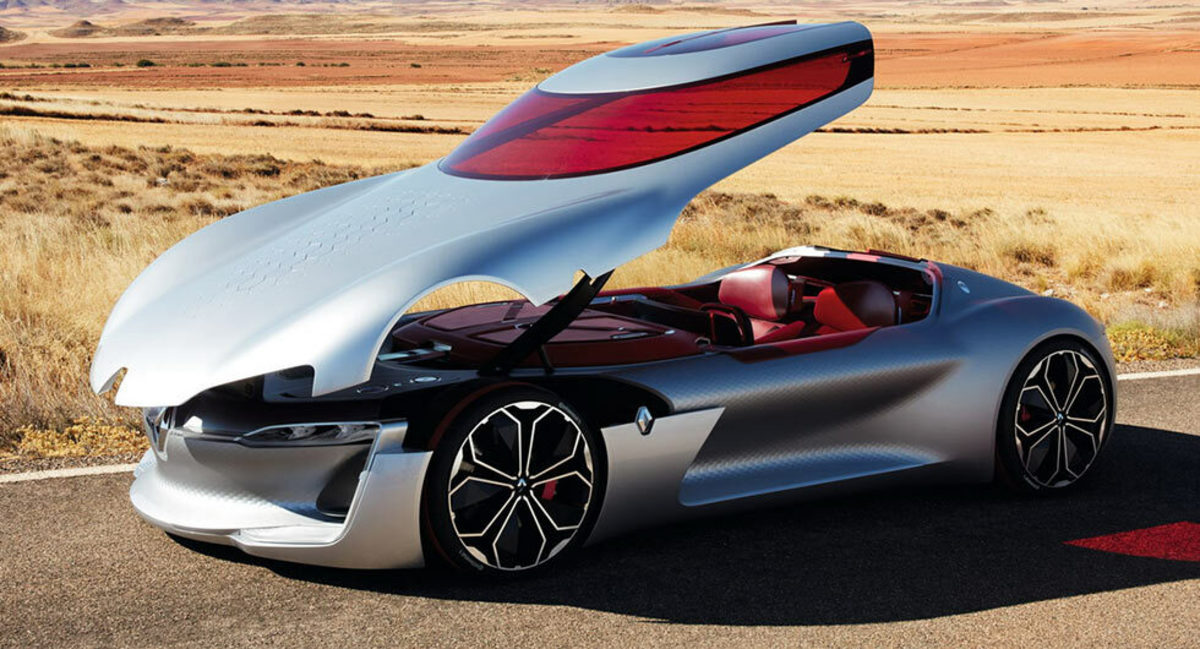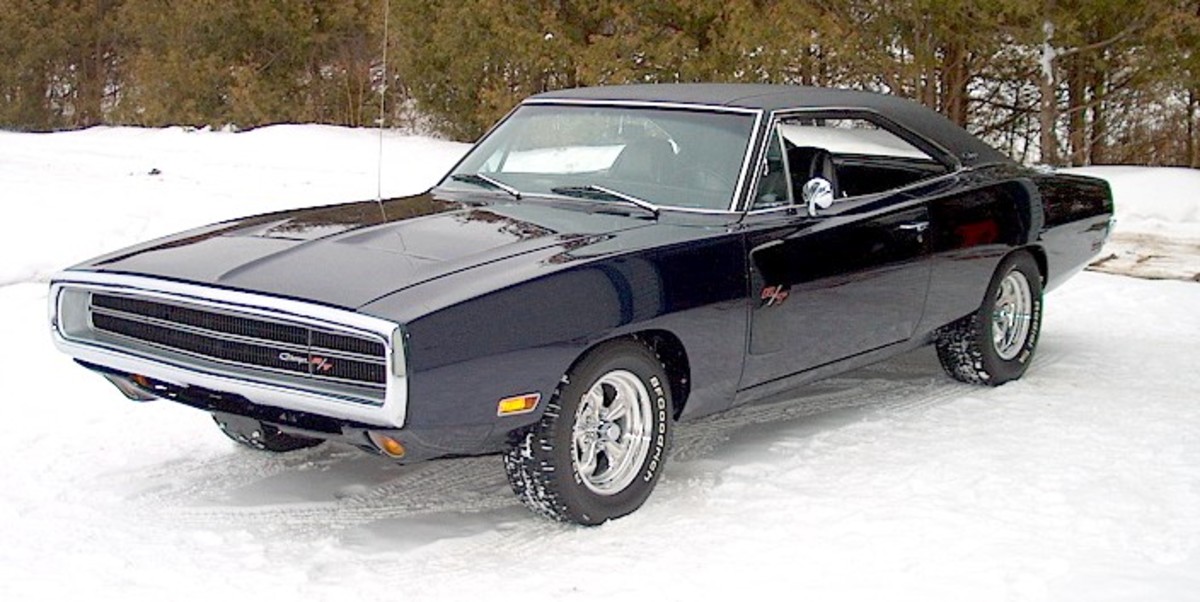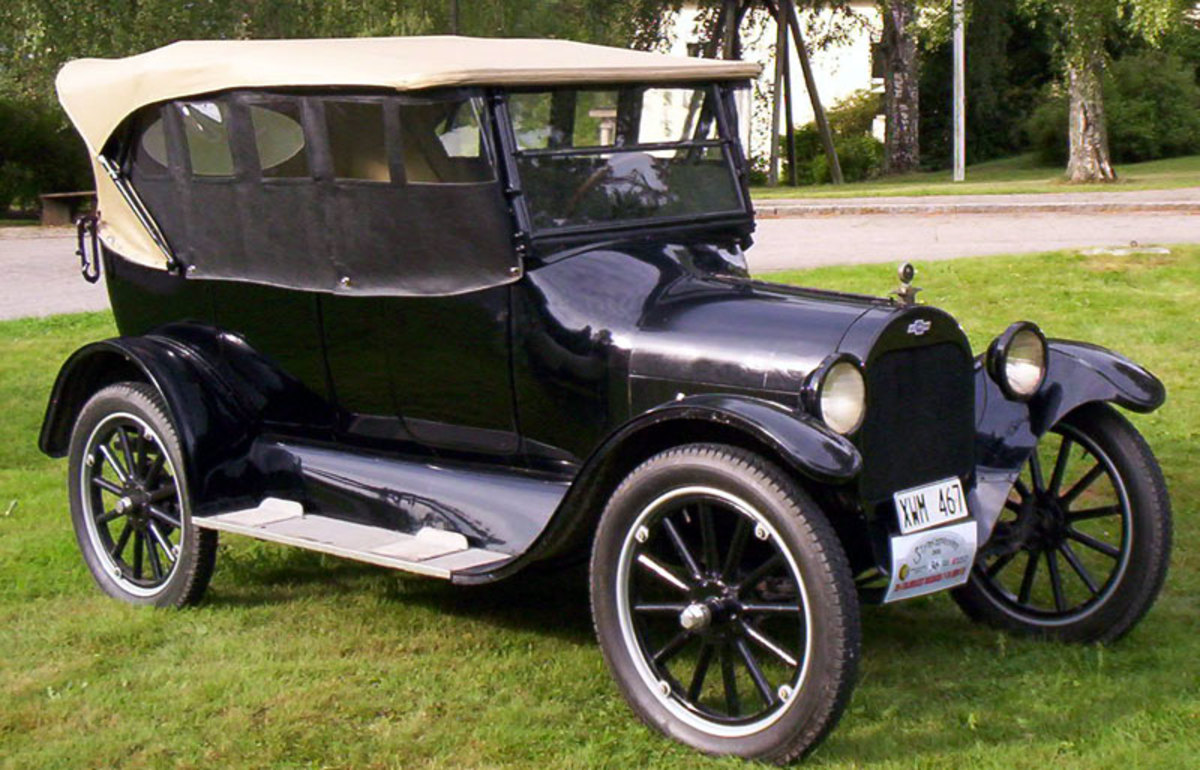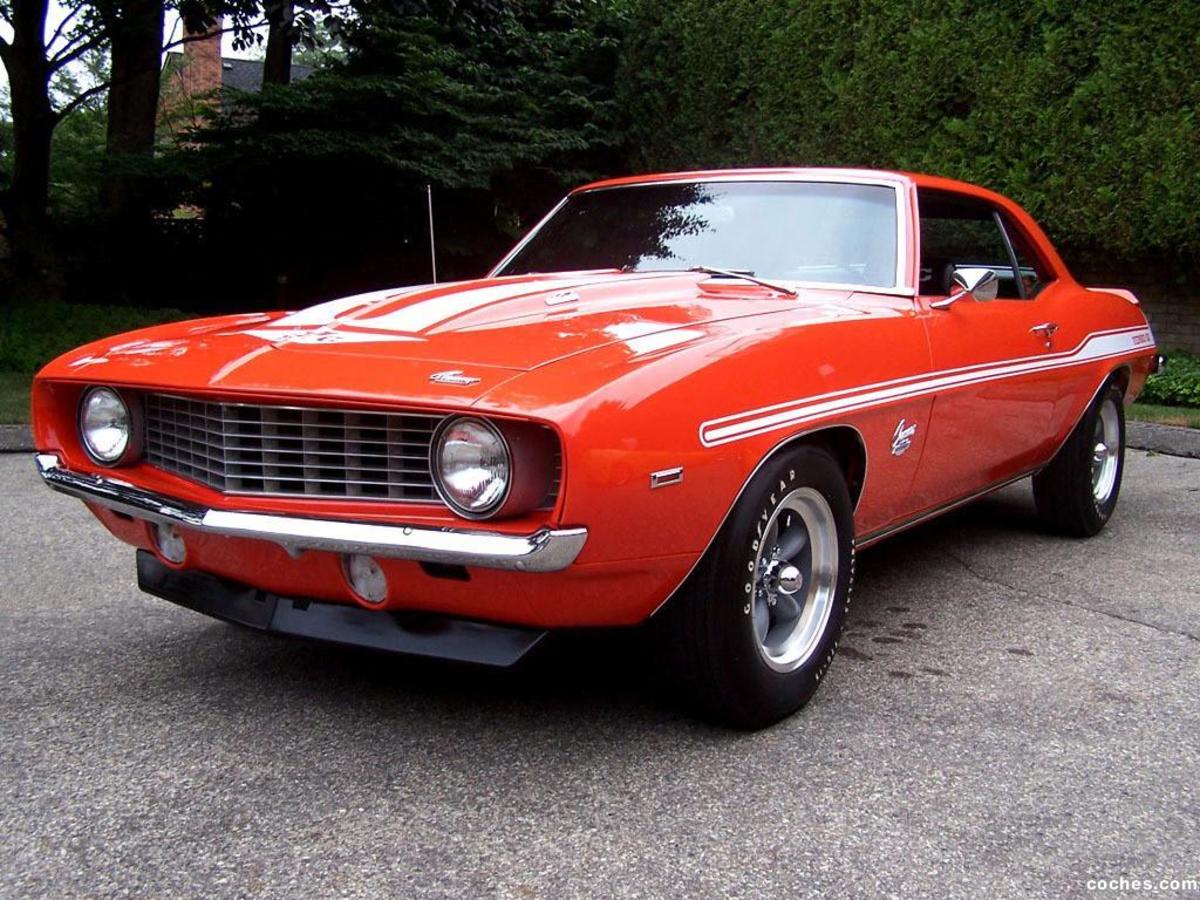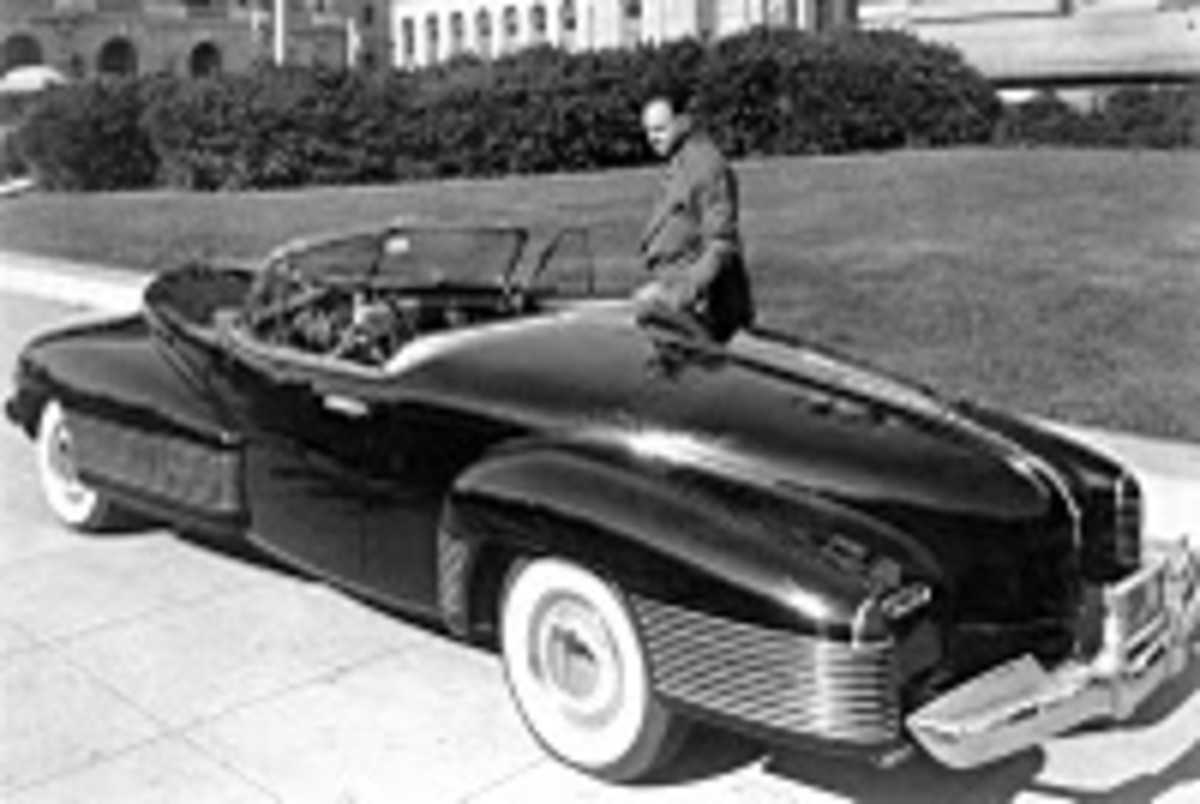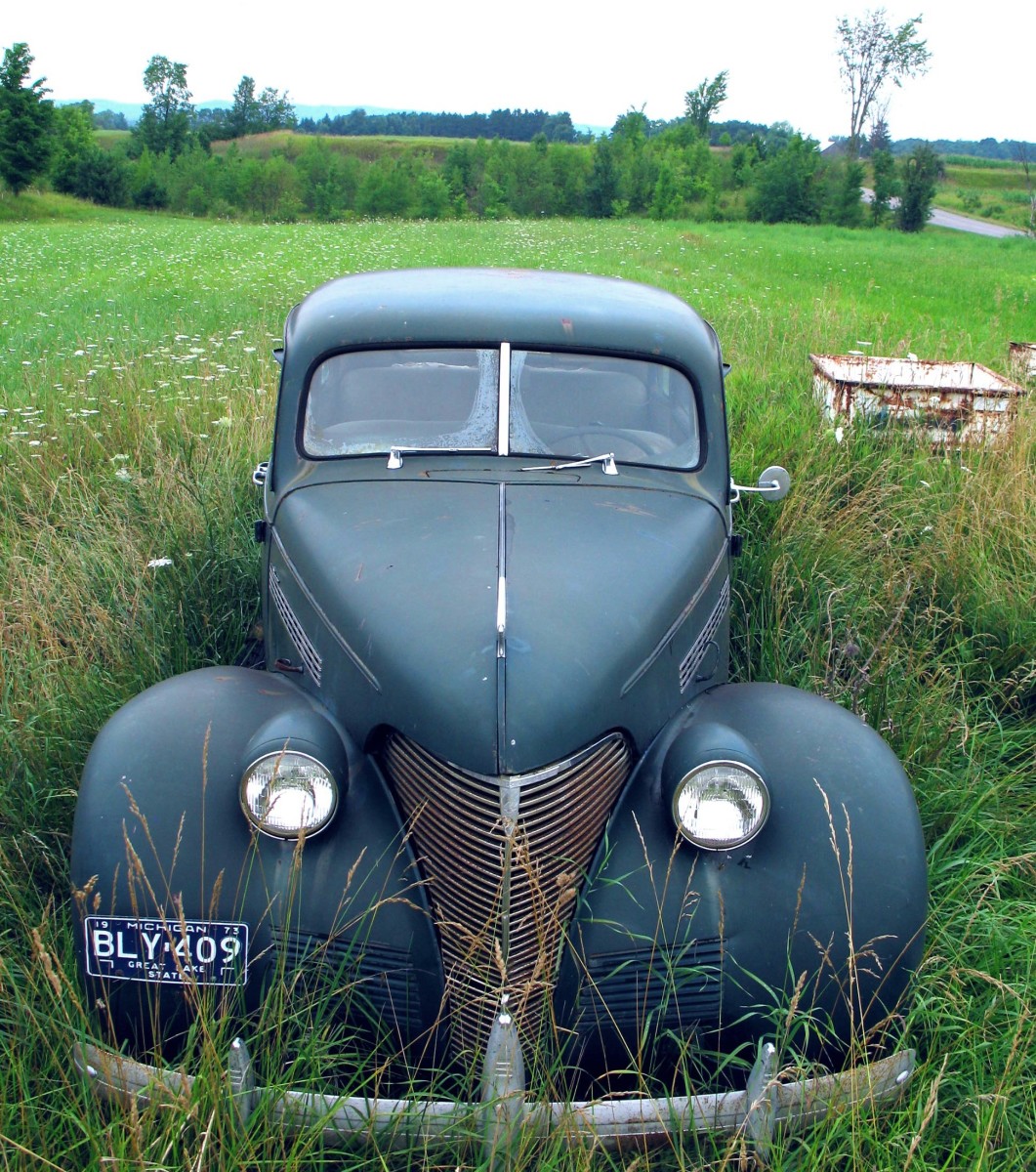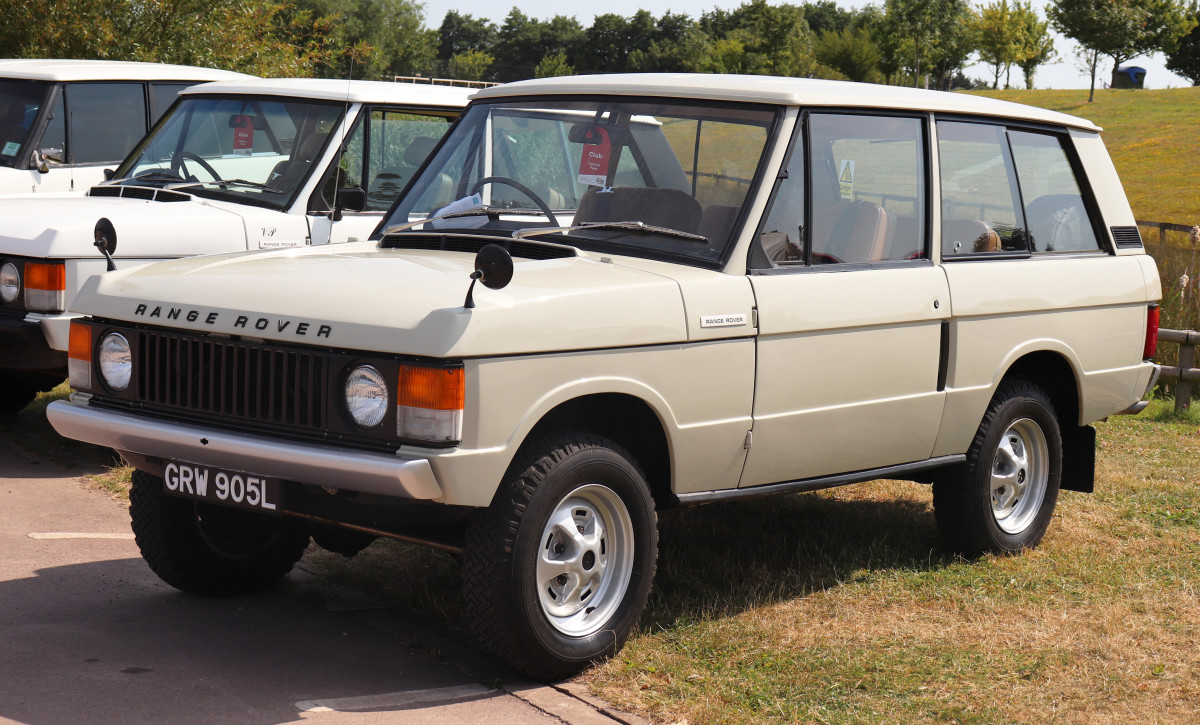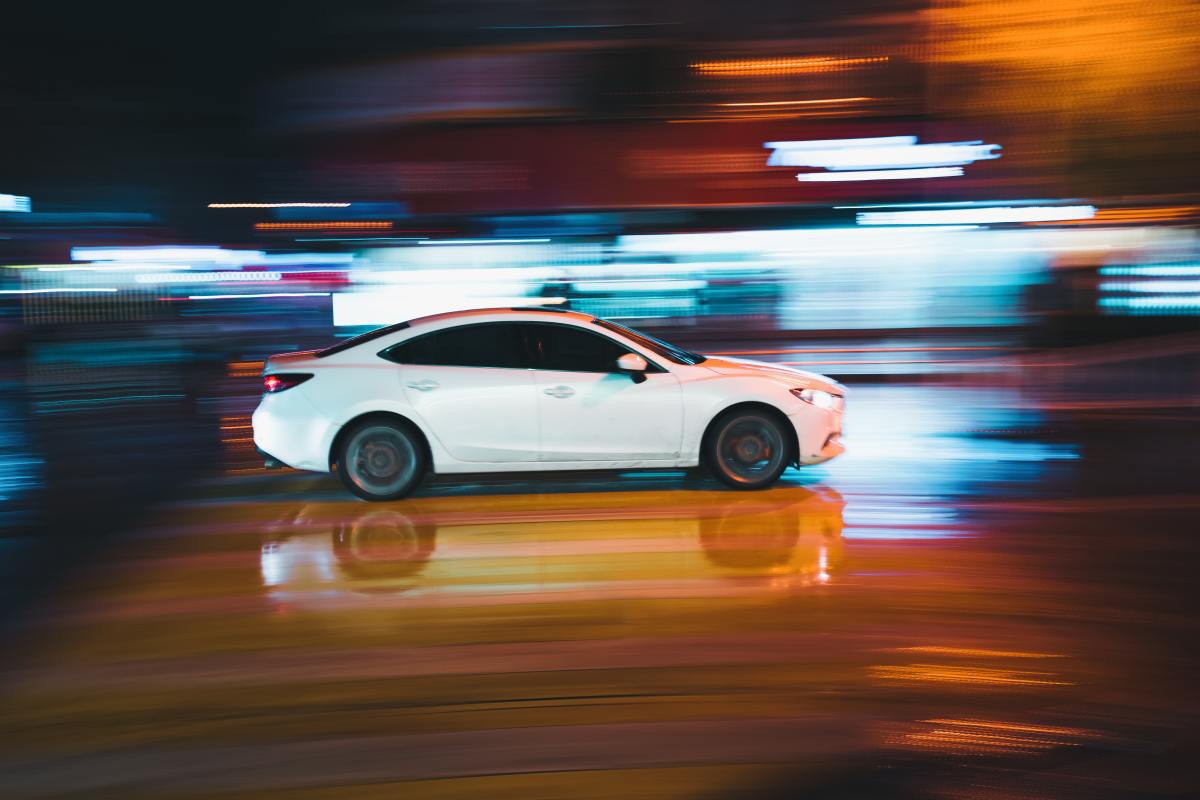Chrysler Turbine Car
1963 Chrysler Turbine Car - The Beginning
The Chrysler Corporation built the Chrysler Turbine car in a small plant in Detroit, Michigan in 1963. Chrysler had long been interested in building a practical turbine-powered car. Turbine power of course, was not a new idea as wind turbines have been around forever. Turbine power in a car was new however, as the engine would have to generate its own wind to drive the engine. This was accomplished by drawing air in through a compressor, heating it to form a hot gas and directing that gas against turbine wheels.
Years of intense development
Ten years of intense development brought a turbine engine that could run on diesel fuel, unleaded gasoline, kerosene or JP-4 jet fuel and had a fifth as many moving parts as a normal piston engine. The turbine engine was also smoother, quieter and more vibration-free than its more standard counterpart.
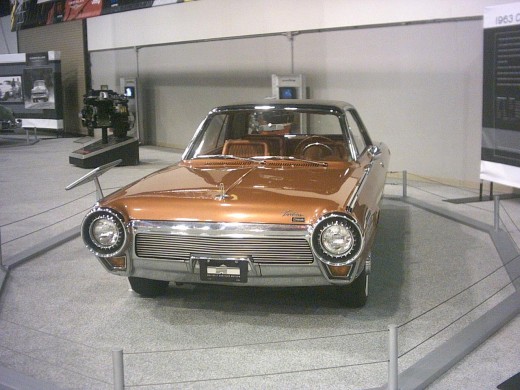
It also required less maintenance, beginning with no need for a conventional tune-up. In fact, it was possible to apply full throttle immediately after starting the engine without much fear of excessive wear. The engines were remarkably durable considering how fragile turbine engines normally are when compared to regular piston engines. Fifty cars were given to the public and more than one million test miles were driven. During that time, the operational downtime stood at only about 4%.
Other differences between the turbine engine and piston engines was the fact that there were no pistons, no valve gear and only one spark plug, used for igniting the fuel in the combustion chamber. Its simplicity offered the potential for long life and because no combustion contaminants entered the engine oil, no oil changes were considered necessary. Its power turbine was connected, without a torque converter, to a pretty standard TorqueFlite automatic transmission. The controls were similar to those of a normal car, however, one difference was "Idle" instead of "Neutral" on the console and the addition of a turbine inlet temperature gauge to the instrument panel. This reported the temperature at the first stage turbine wheel. The Chrysler Turbine car also had no radiator, so there was no need for water or anti-freeze. The car started easily, even in extreme cold weather, and once it was running, it reached full operating temperature almost immediately, so it could be driven at maximum power without warm-up.
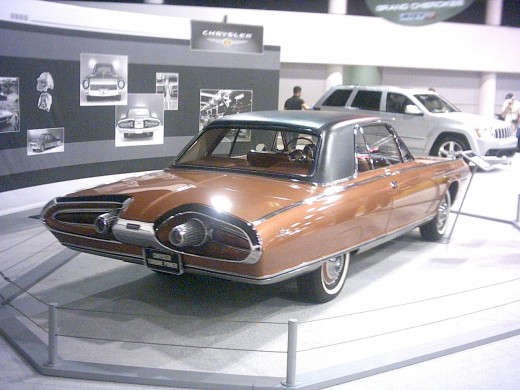
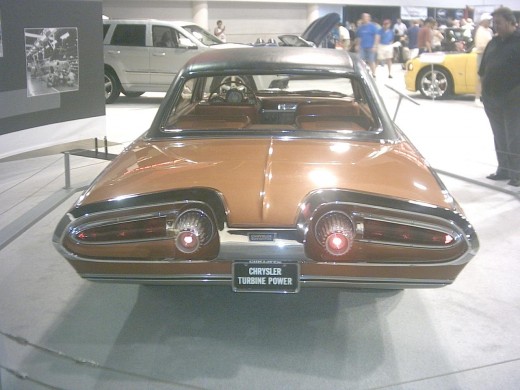
Chrysler Turbine Car
Do you rank the Chrysler Turbine car in the top 10 of all-time coolest cars?
The 1963 Chrysler Turbine's engine generated 130 bhp and featured a fully stainless steel exhaust system. Chrysler utilized flat exits in an attempt to spread the exhaust gases thinly, cooling them further, so that the vehicle could stand in traffic without risking damage to following traffic. Highway mileage was good, but city mileage suffered from the 22,000 rpm idle speed and slow starts. The suspension used wasn’t Chrysler's normal torsion bar system, but instead featured contemporary designs using independent front suspension with a coil spring at each wheel. Rear suspension consisted of leaf springs and direct-acting shock absorbers.
The turbine car sounded like a giant vacuum cleaner that took some getting used to, since most people were more comfortable with the sound of a large American V8. The bodies and interiors were hand crafted by Ghia of Italy. A total of 50 "production" Chrysler Turbine Cars were built between October 1963 and October 1964 all as four-passenger (four individual bucket seats) two-door hardtops with a very different metallic bronze color and black vinyl top. The turbine car came with power steering, power brakes, and power windows. Once built, 200 motorists were chosen to test them.
Elwood Engel oversaw the design and development of the turbine cars, which created a striking appearance then as well as today.
After Chrysler finished the user program and other public displays of the cars, most of them were destroyed. Of the remaining cars, some had their engines deactivated before being donated to museums around the country. Chrysler retained three operational turbine cars for historical reasons and comedian Jay Leno, owns one of them.
Jay Leno's 1963 Chrysler Turbine Car
More Muscle Cars and Classic Cars
- Ford Classic Cars
Ford built some of the coolest classic cars of their day including the Thunderbirds and the always classic Ford Mustang. Please see below for some thoughts and photos on these great cars! - Classic Car Photos
Owning a classic car is great, but a lot of it depends on how serious and/or well funded you are. Please read on to see some thoughts and photos of some terrific Ford, Chevy and Chrysler Corporation classic cars. - Classic Muscle Cars
Please click for some thoughts, photos and videos of three of Chryslers coolest Mopar muscle cars of the day; the Dodge Charger RT, Dodge Challenger RT and the Dodge Coronet RT. - Old Classic Cars
The three classic cars below, the Tucker 48, the Ford Skyliner and Ford Edsel were truly unique and separated themselves from the pack, each for different reasons. Read on to see some info and great photos of these three terrific cars! - Mopar Classic Cars
When I think of classic cars from Detroit and Mopar in the same sentence, these three cars come to mind; the Dodge Polara, the Plymouth Belvedere and the Plymouth Fury. Please read on for some of my thoughts and comments as well as some pretty cool p - Chevy Muscle Cars
Read on to check out photos and information on two of the best Chevy muscle cars of all time, the 1969 Chevrolet Camaro Z28 and the 1970 Chevy Chevelle SS. - Chevy Classic Cars
When the discussion turns to classic Chevy cars, it usually begins and ends with the second generation of Chevy Bel Airs made between 1955 and 1957. Check out some of the great photos below! - American Muscle Cars
If you were an American muscle car fan of the 1960s and 1970s, you had a lot to choose from. Check out these great American muscle car photos of the Pontiac GTO, Dodge Super Bee and Ford Mustang Mach 1. - Mopar Muscle Cars
If you were into muscle cars in the late 60's and early 70's, you had a lot to get excited about. Read on to see some great photos and check out some of the coolest Mopar muscle cars of that era.
